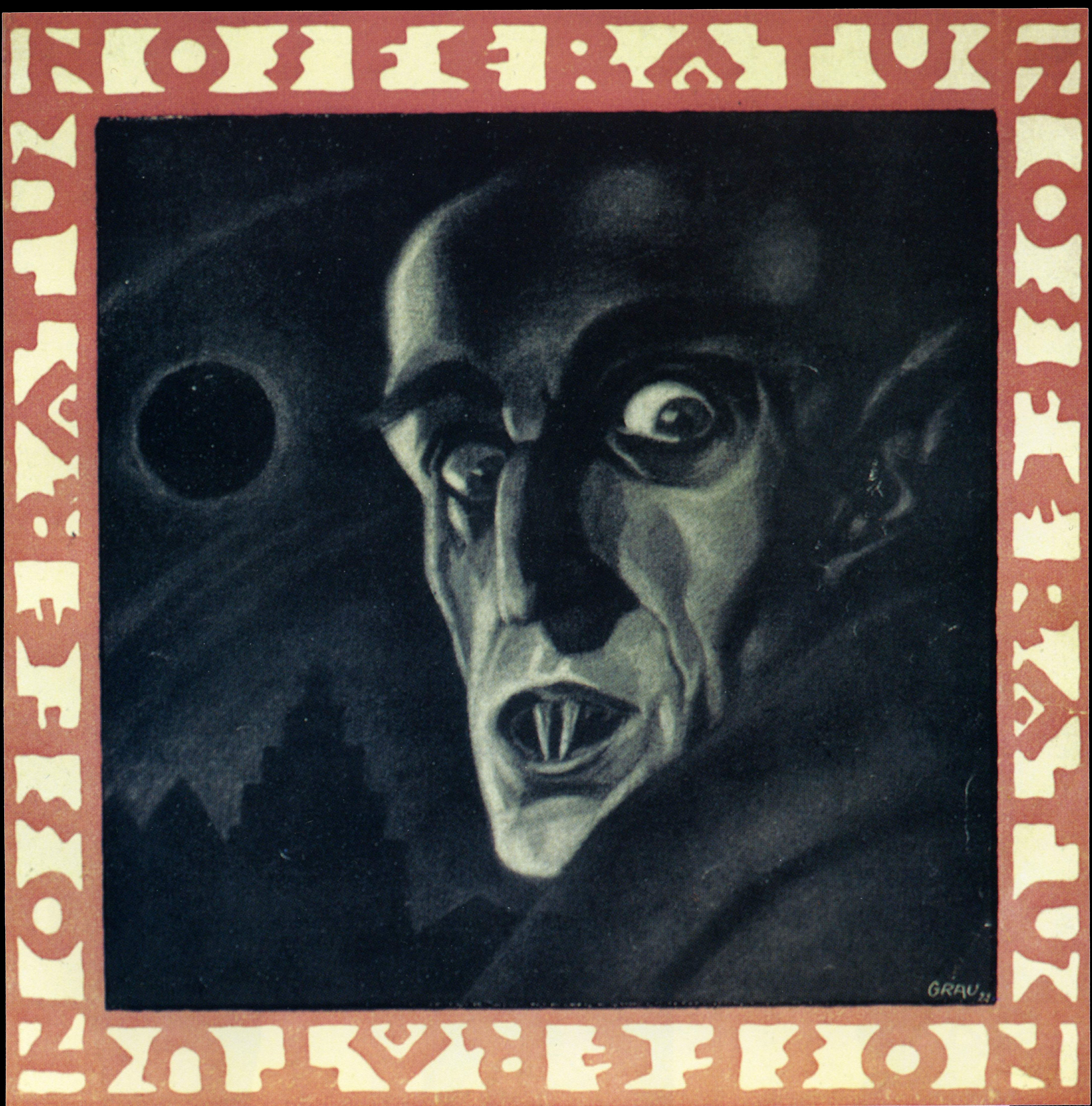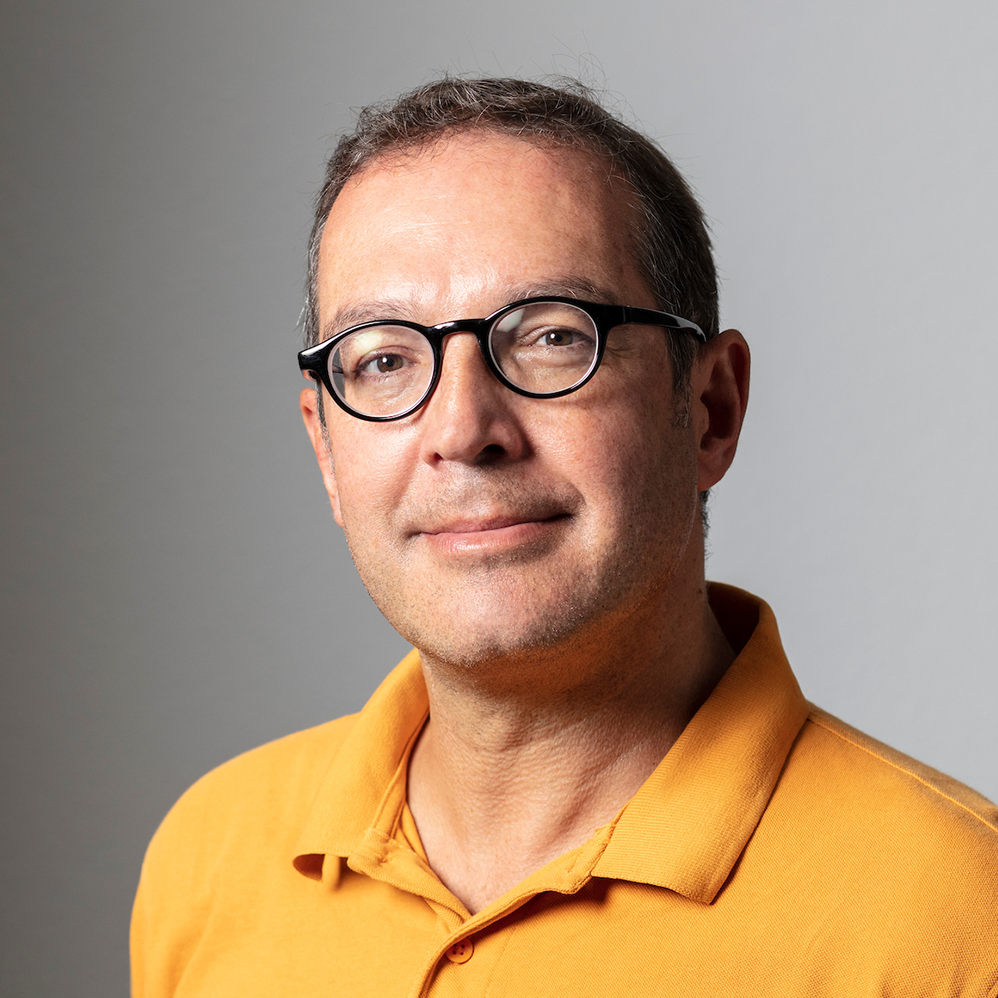
From national hero to internet vampire

Dracula is the vampire who climbs out of a coffin after sunset and hunts victims to drink their blood. More than 100 years after his birth in the novel by Irish writer Bram Stoker, researchers are still trying to decipher what lies behind the myth.
Heiko Haumann is a professor of history at the University of Basel, specialising in East European and modern history. He has published books about the Jews of Eastern Europe and the Soviet Union.
In 2011, his book Dracula – Life and Legends was published. It is dedicated to Vlad Tepes (1431–1476), a prince of Wallachia, a region now in Romania, who was the inspiration for Stoker’s character of Count Dracula.
swissinfo.ch: Who was Dracula according to your book?
Heiko Haumann: The historical figure Vlad III Dracula was a voivode, or warlord/military leader, and a prince of Wallachia. During the chaos of the 15th Century he fought for the independence of his country against the Ottoman Empire on the West and the Hungarians who ruled Transylvania on the other side.
Wallachia was a buffer state. Dracula wanted to strengthen it economically, to break down the power of the nobility and build up a military power to protect the country’s independence. His war campaigns against the Ottoman Empire were often successful, and for a time he served as a leader against it.

More
Dracula: the immortal Hollywood cash count
swissinfo.ch: Why is there so little concrete evidence about the existence of Dracula – just a few reports and illustrations from the Middle Ages?
H.H.: Perhaps it’s characteristic of those periods. There are a few certificates and deeds featuring him, but no written records. There are also a few indirect Hungarian and Ottoman sources. It’s possible that direct evidence of Dracula was destroyed during the many wars that were fought in this era throughout Europe.
swissinfo.ch: Impalement and other barbaric practices were common at that time. Why was Dracula’s role so prominent that he even inspired Bram Stoker?
H.H.: Although we lack sources, we believe that impalement was a common punishment under the Ottomans and throughout the West, even up to the level of the pope. There are documents from the period that don’t mention impalement at all, and others that mention it extensively and emphasise Dracula’s extremely bloodthirsty character. He is even said to have impaled victims and then eaten them and drunk their blood.
Although this is impossible to prove, I think the cannibalism bit is part of the Hungarian king’s ‘media campaign’. He wanted to weaken Dracula economically, because Dracula was a rival in the war between the Christian West and the Ottoman Empire.
swissinfo.ch: One of Dracula’s contemporaries, Prince Skanderbeg, is the national hero of Albania. What role does Dracula play in Romanian history?
H.H.: Although Dracula is probably not as important as Skanderbeg, his bust does appear with those of other national heroes in the town hall of Bucharest. He certainly is one of the major heroes of the country as a result of his role in the fight against the Ottomans.
Romanian tradition depicts him not as a monster but as a leader who fought to unite and defend the country.
Research shows that Vlad III Dracula, also known as “Vlad the Impaler”, was a prince and warlord from Wallachia who was born in 1431 in either Sighisoara or Nuremberg.
“Draculea” means “son of the dragon” and his father, Vlad II Dracul, was a member of the Order of the Dragon, founded by Kaiser Sigismund in 1387 in Rome.
Dracula spent part of his childhood as a prisoner in the court of Sultan Murad II in Constantinople until he managed to escape to Hungary. He began a military career and was ruler of Wallachia in 1448 and from 1456 to 1462.
In winter 1461-1462, he began a military campaign against the Ottomans and conquered various armies of Sultan Mehmed II. Sometime around December 1462, Dracula was arrested by the Hungarian King Matthias Hunyadi, who considered Dracula a traitor. Dracula spent 12 years in the prisons of various castles.
In 1475, he converted to Catholicism, married a second time and was set free. In 1476, he was named commander of the Hungarian troops attacking the Ottomans and in the same year crowned king.
Sometime in 1476 or 1477, Dracula was killed in battle. His head was embalmed with honey and taken to Constantinople as a trophy.
(Source: Heiko Haumann, Dracula – Leben und Legende, Ed. CH Beck, 2011)
swissinfo.ch: What do the Romanians think of the fact that Dracula is portrayed as a vampire in the West?
H.H.: The majority of Romanians don’t accept the depiction of Dracula as a bloodthirsty monster or as a vampire in the tradition of Bram Stoker’s novel. Various attempts to create a theme park based around the legend of Dracula failed due to strong opposition from the Romanian people. For them, he is a national hero and has nothing to do with the widely spread belief in vampires.
swissinfo.ch: Is there still popular belief in vampires in Romania and other Eastern European countries?
H.H.: Yes. In various areas people still believe that the dead return from the hereafter, including in Serbia, Slovakia and other Eastern European countries. It’s a centuries-old belief that people with whom we had strong conflicts return to take revenge.
swissinfo.ch: How then did the historical Dracula become known as a vampire?
H.H.: It was in fact down to Bram Stoker. Thanks to the media, reports of vampires were popular in Southern and Eastern Europe from the mid-18th century. They told of vampires found in graves with fresh blood in their mouths. But these stories were never told in connection with Dracula. Unlike Goethe, ETA Hoffmann and Russian authors, Bram Stoker made this connection as the first female vampires of Eastern Europe appeared in the English Gothic literature.
swissinfo.ch: How did that come about?
H.H.: Stoker discovered the historical existence of this bloodthirsty prince and used it, first in a story and then in his novel. We can say that he was the creator of this figure. What he knew of Romania he found in books or got from acquaintances. It’s known that he spent a lot of time reading in the British Library.
In 1897, the Irish author Bram Stoker published his novel Dracula, which was subsequently translated into many languages.
The novel’s popularity was broadened by its adaptation to the stage and screen. The first silent film to treat the theme was Nosferatu, by German director FW Murnau. In 1931, Bela Lugosi played the Count in an American version with speech.
“There are probably more than 3,000 films about Dracula and vampires,” estimates Heiko Haumann.
swissinfo.ch: Why did the Dracula legend become so popular?
H.H.: After the success of the book, the films certainly contributed the most.
swissinfo.ch: Are there vampires today? For example, in the Goth scene or among followers of the black metal musical subgenre?
H.H.: Independent of these scenes, there are certainly people in various parts of the world who believe in vampires and in the resurrection of the dead. There are people who wear typical clothing, describe themselves as “Vampyr” and sometimes drink blood, but are otherwise completely inoffensive. And there are also modern vampires who use the internet to influence other people, in other words, rob them of their strength. This is also a type of vampirism – these are the “internet” or “psycho” vampires.
(Translated by Jeannie Wurz)

In compliance with the JTI standards
More: SWI swissinfo.ch certified by the Journalism Trust Initiative































You can find an overview of ongoing debates with our journalists here . Please join us!
If you want to start a conversation about a topic raised in this article or want to report factual errors, email us at english@swissinfo.ch.